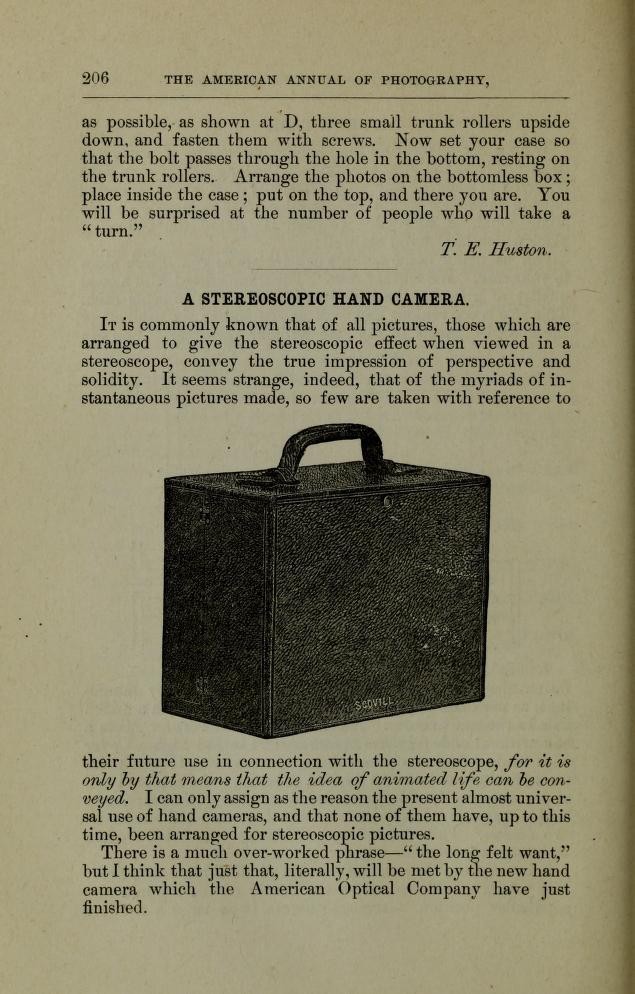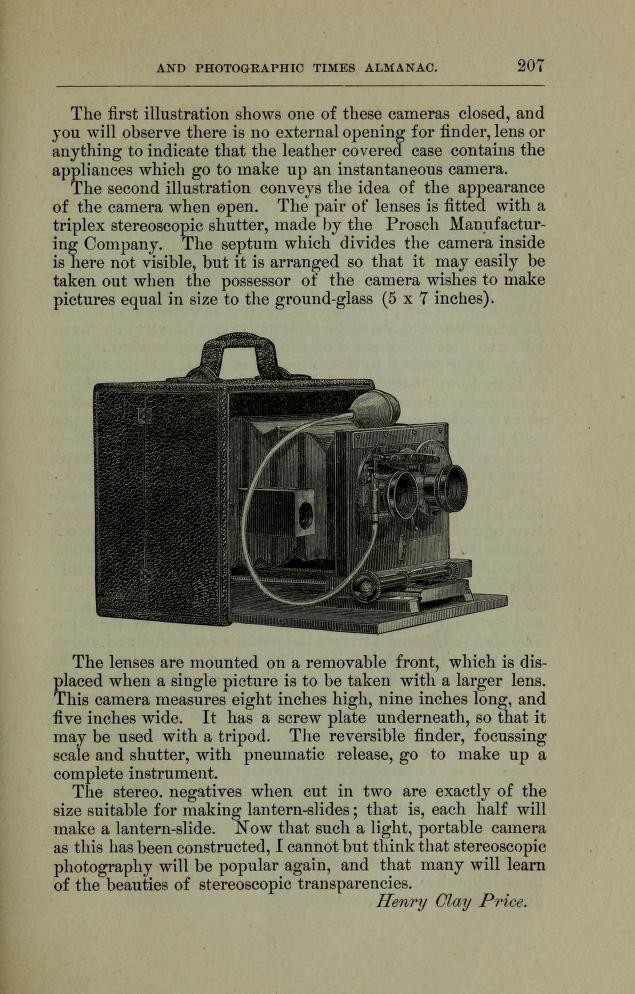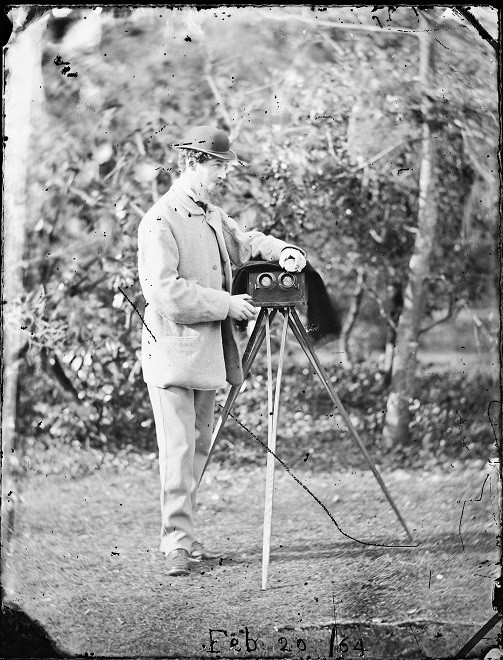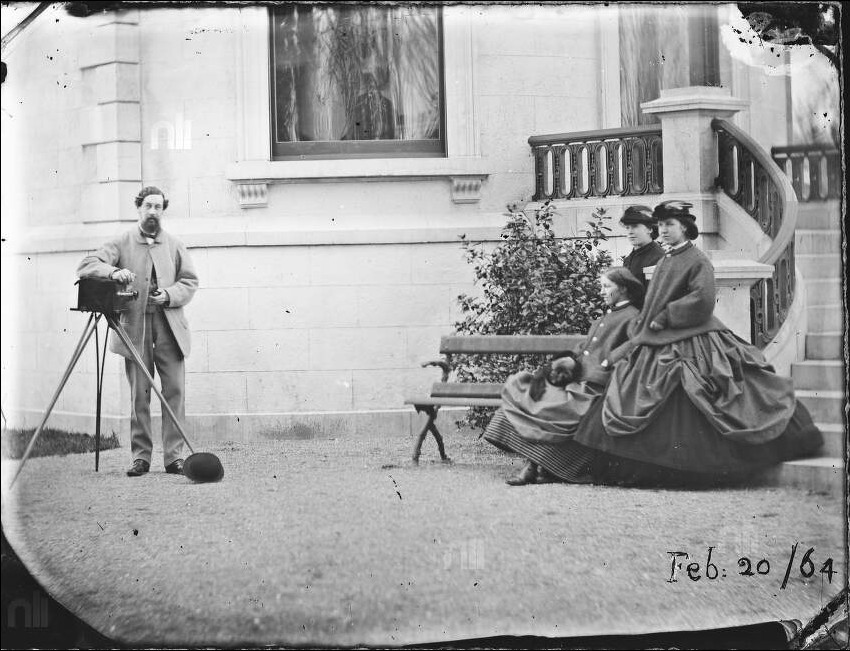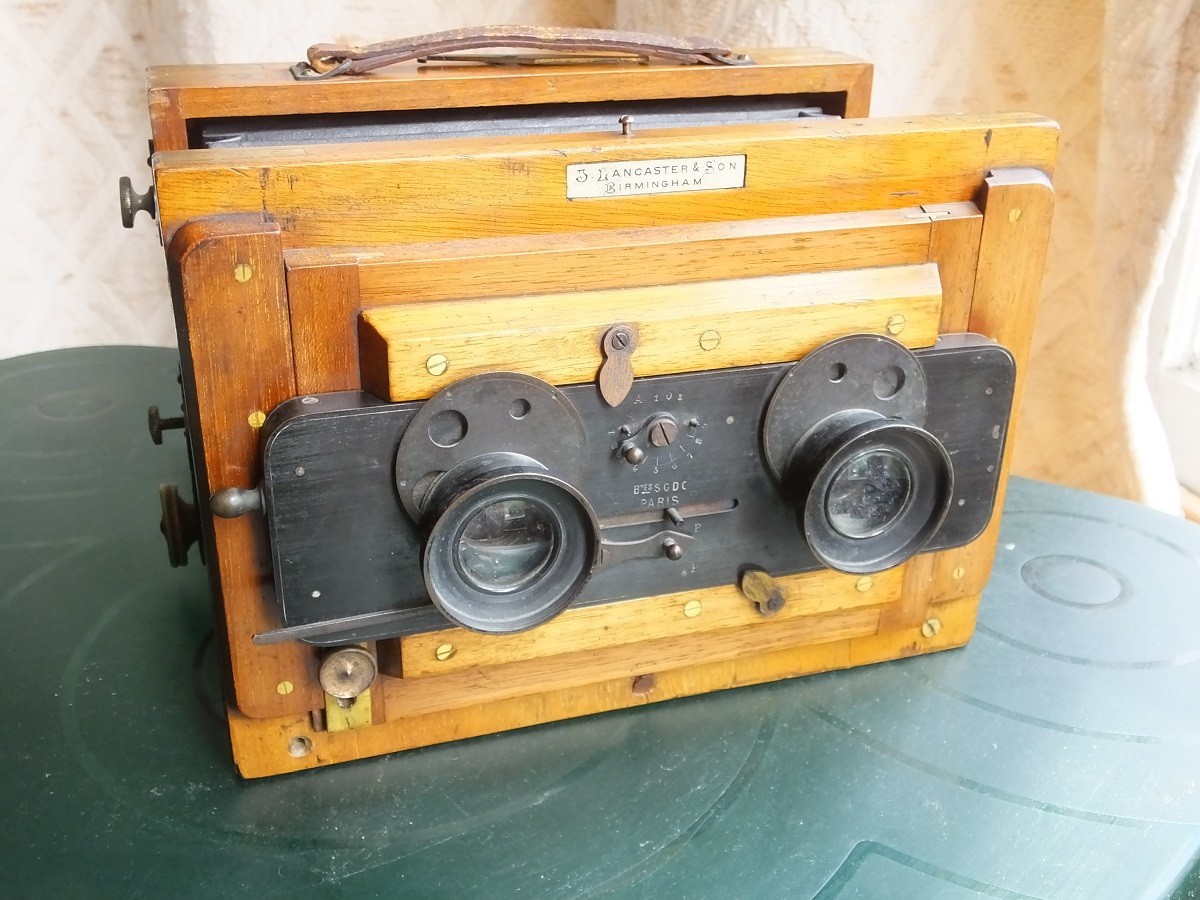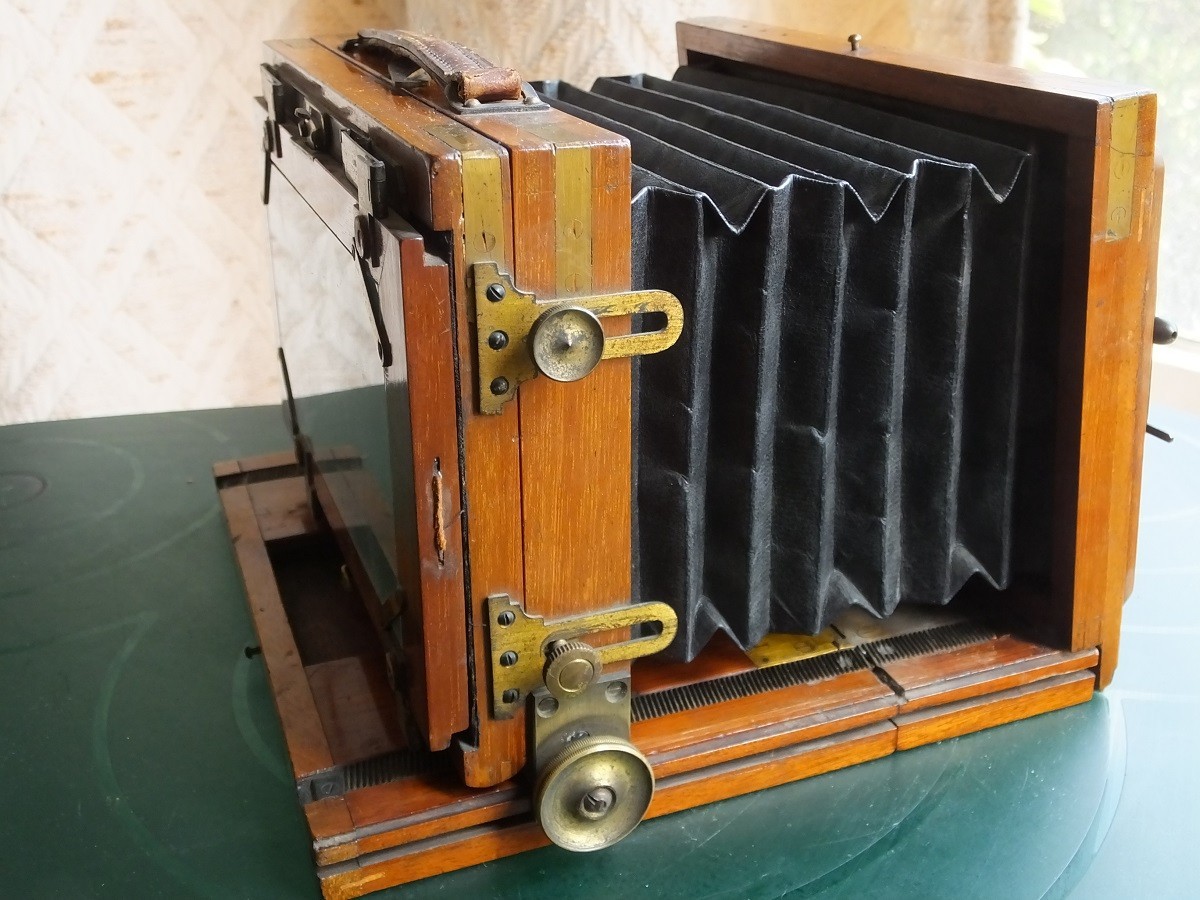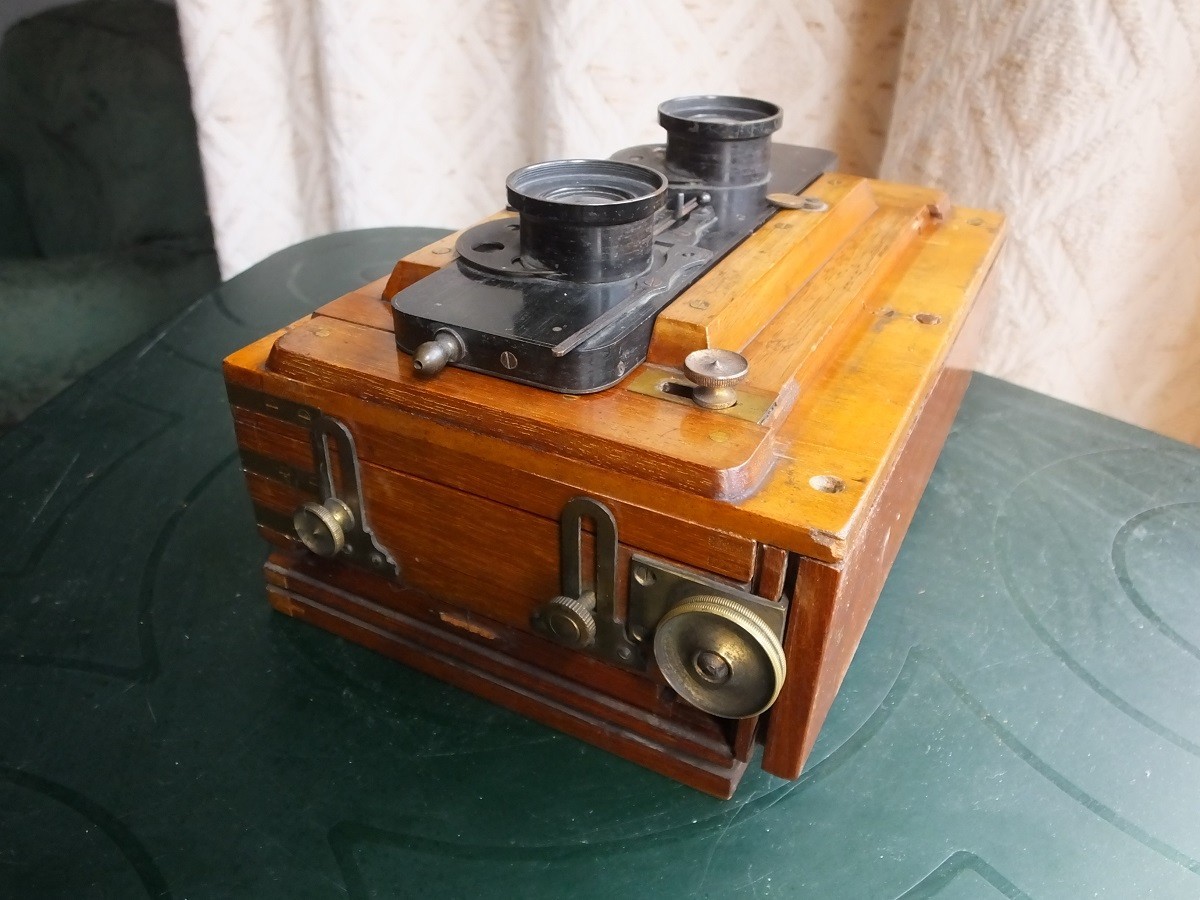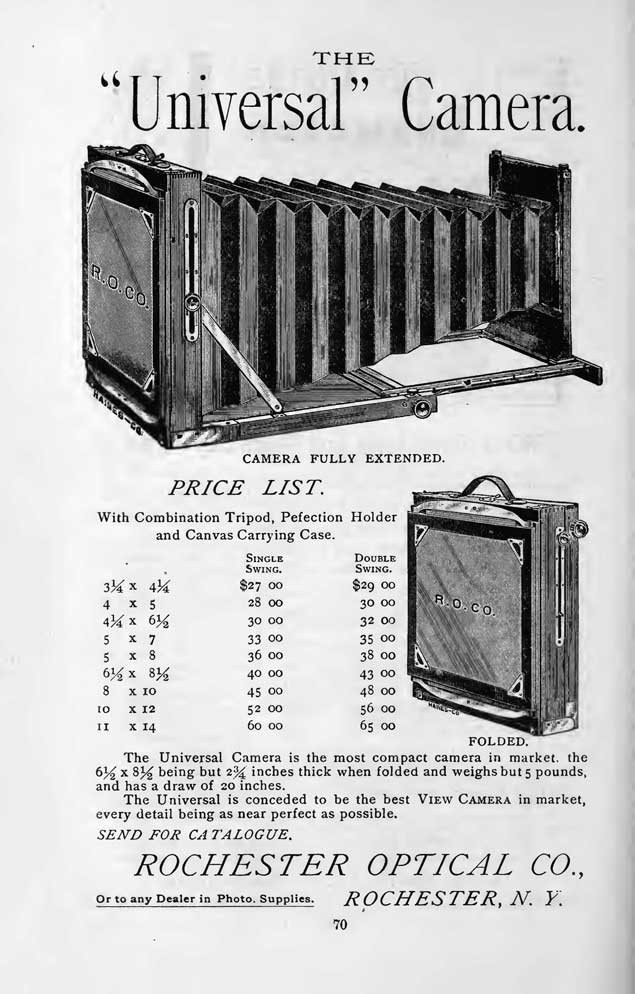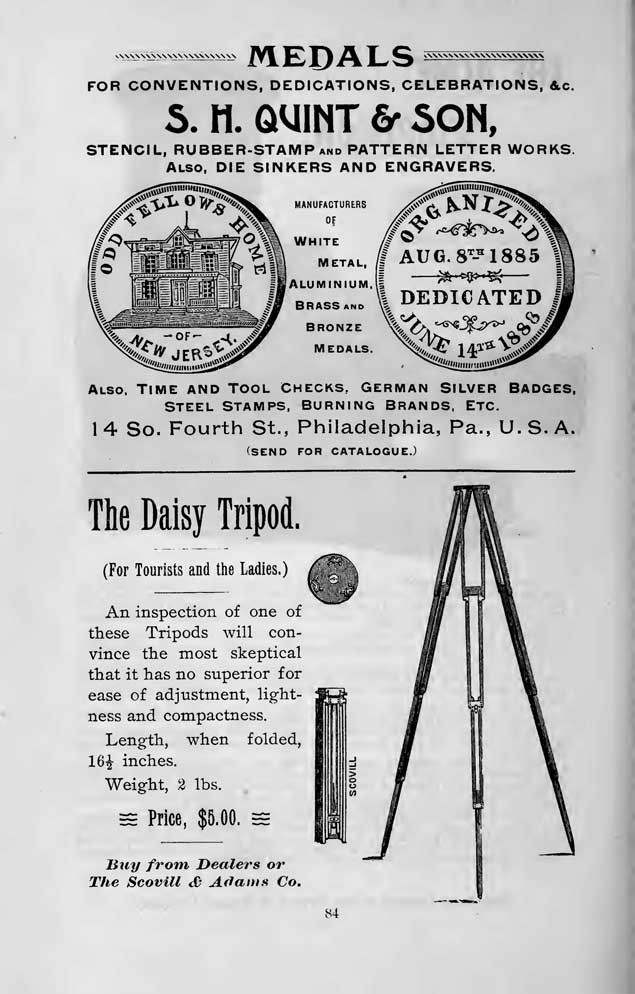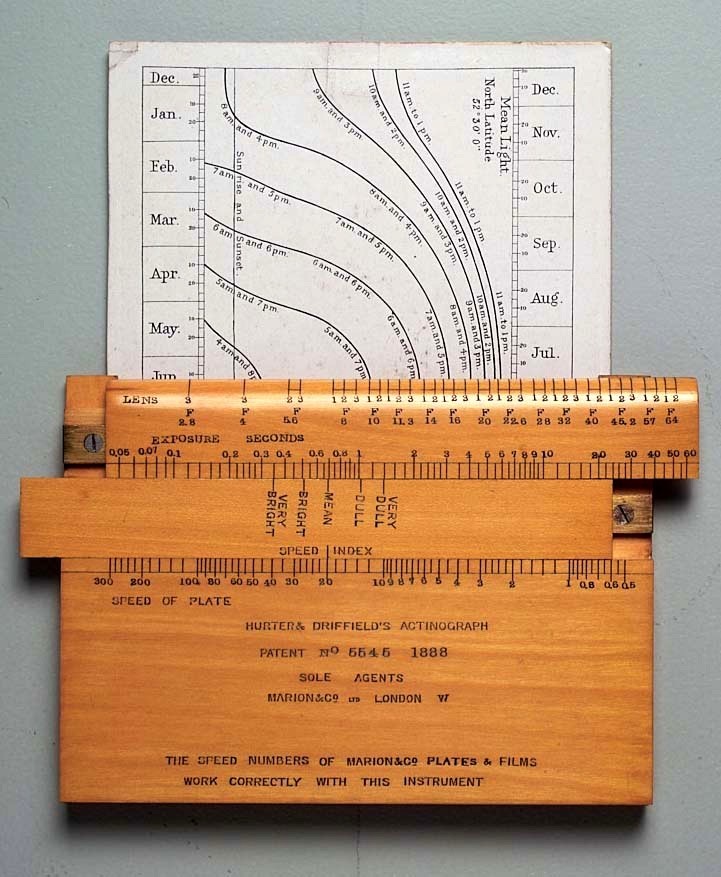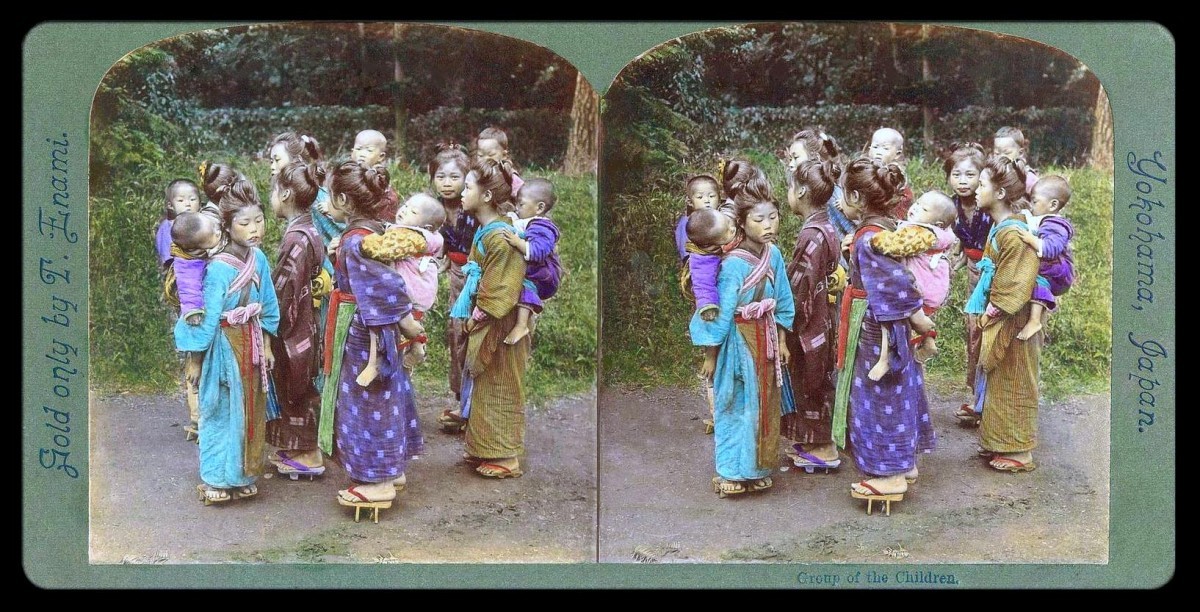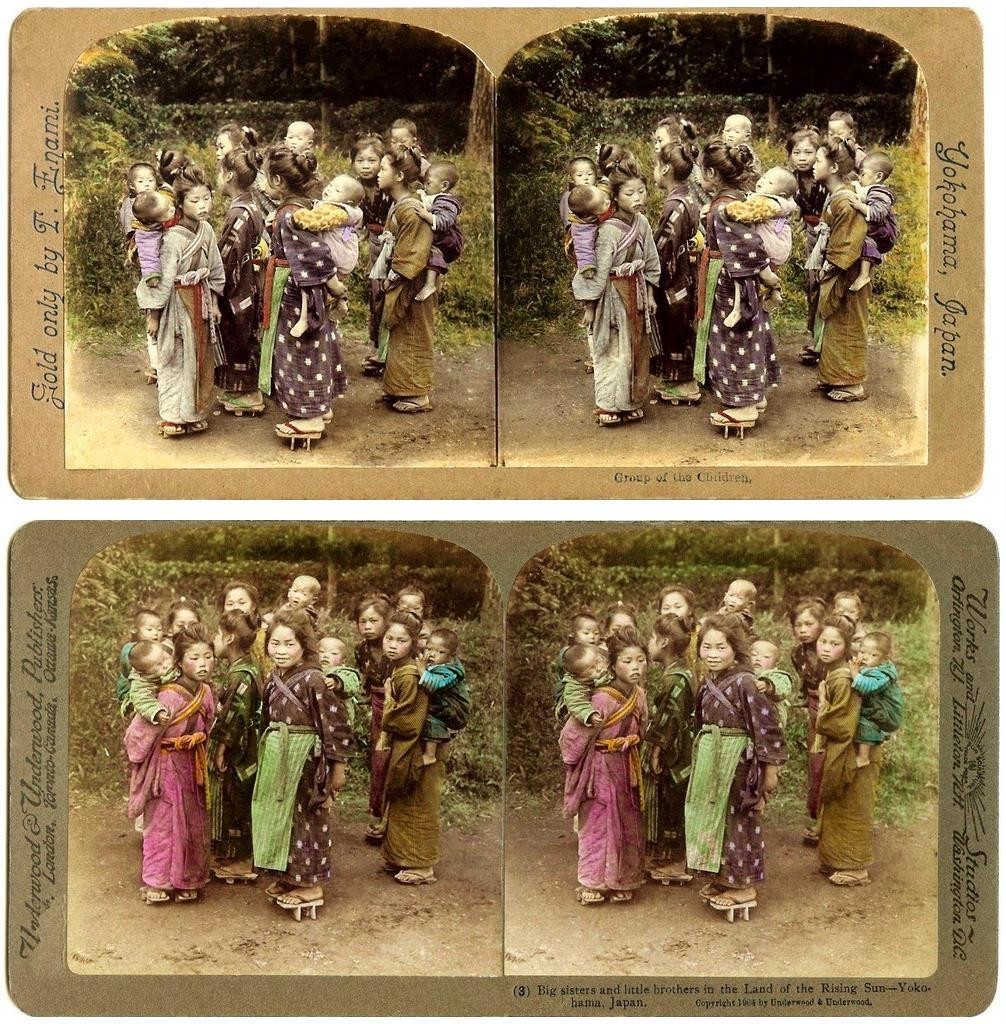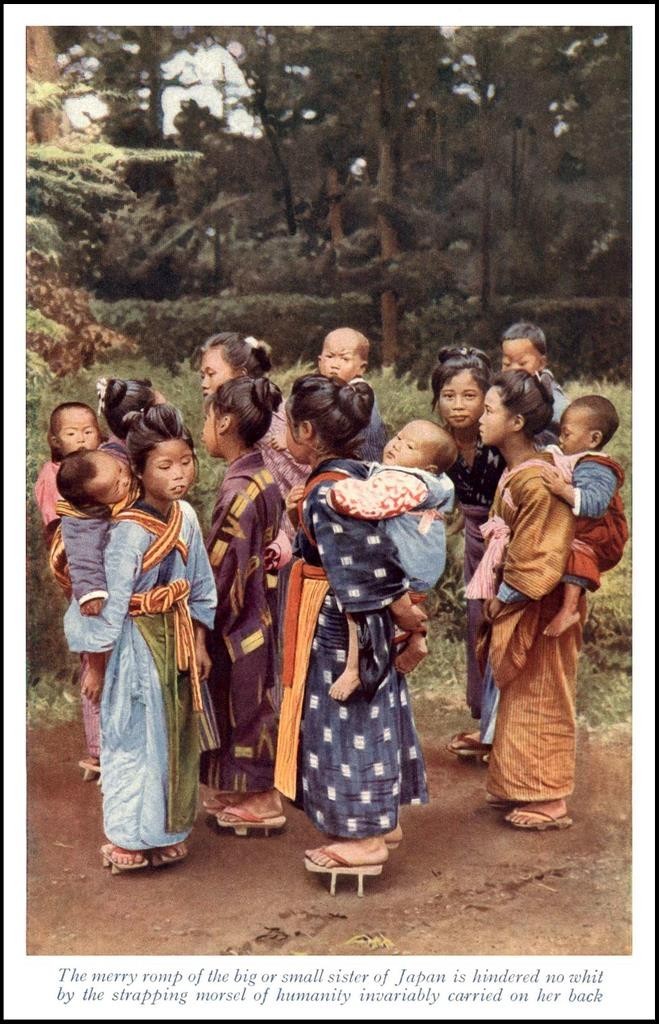Taking photographs in 1892
As I inch along in this digital preservation, I can't help but think about the creation process at hand for a fresh new photographer in his newly opened Yokohama studio in 1892. Nobukuni Enami had certainly spent his time as a student to an established master and was well aware of the routine and discipline needed, so he was already 'up to speed' on what it took to take charge of his own fate and begin the work of his individual vision and the future artistic life still ahead. I've had my own taste of the very same process - as the student, and as the working photographer - but there are some very essential differences between the two of us at a basic level that contributes to how each of our respective days were spent in pursuit of images we wanted to capture.
There was roughly 100 years worth of progress on many fronts for the mechanical, technical and chemical side of the equation that effected anyone in the same profession, but there are a couple of things that were entirely against Enami's favor. In a general sense, geographical complications may have created a major issue when it came to carting around his gear, but more importantly was the time factors that I'm sure plagued him with every shot he took.
Time factors involved
The nature of what is required to create a single image was far more time intensive than it's been in the last few decades. Even when you consider that he and/or some of his staff were probably doing their own in-house film and print/slide developing... where the processing times for any steps used were much longer and more complex for each part of the process. That includes time expended for both the initial negative, and the subsequent positives affixed to the glass plates for batches of all the lantern slides he kept in stock or created on-demand. It might also be likely that he created his own film and print materials from scratch, to further increase the preparation times to produce the finished work. Remember that you couldn't pop into a corner drugstore or quickie mart to grab a few rolls of film in the 1890's when you ran out of your favorite brand.
As for the actual times needed to produce the basic slides themselves, I'll give a few figures published on page 434 in the December 1899 issue of "The Photographic Miniature", a monthly magazine published by Tennant & Ward ( Library of Congress: PDF Download )
Place a lantern-plate, in contact with a negative, in a plate-holder. There will be no difficulty in doing this if a negative on thin glass is chosen, for the transparency emulsion is itself coated on very thin glass, and the two thicknesses will easily go into the holder.
Hold the plate-holder two feet from your source of light-if gas or oil-lamp or light equally strong-if candle-light is used try a distance of one foot, and draw the slide out one-third of its length, and give 20 seconds exposure. Then withdraw the slide another third, and give 20 more seconds exposure. Finally withdraw the slide completely, and give a third 20 seconds exposure. There are now on the one plate, three trial exposures of 20, 40, and 60 seconds. Develop the plate and the result will give the approximate exposure.
If 40 seconds shows slight over-exposure, we may fix the correct exposure at 30 seconds or try a second plate, giving on it exposures of 26, 30, and 34 seconds.
My first 35mm photos were taken with what most people today would consider to be 'slow speed' film; with an effective ASA/ISO of say, 50/125, for Kodak's Plus-X from the late 1960's. I could expose a sunny mid-day photo with a moderate depth of field of f/5.6 to f/8, at somewhere around 1/250th of a second and get a reasonably dense negative with plenty of detail. I could squeeze off 24 or 36 shots on a roll in less than a minute if I wasn't too particular about the composition or framing level of what I was shooting. Normally I'd take my time, but there were days that demanded speed for any number of reasons.
Developing the same roll of film along with 4 others of the same type and speed (from 'dry' to 'dry') in my make-shift darkroom would take less than 45 minutes for all 5 rolls with their individual 24 or 36 frames per roll. That includes the in-the-dark transfer of film from it's canister to a developing spool, and the approximate 7-8 minutes of actual development time spent in the wet chemical stages while in the multi-reel tank used for processing. Enami or his assistants could have easily tripled that time outlay in processing a similar number of single exposure plates or sheet films. There's also the space considerations of processing bulkier and larger film types, and the handling time to deal with single exposure sheet or plate films. Everything might take incrementaly longer, but overall, the time taken builds up quickly.
Enami would have needed to shoot only one single image before 'flipping' a film carrier to access another sheet or plate of film... assuming he had 2 sheets/plates per carrier. It wouldn't be a quick process of changing out carriers in loading new film. His exposure times would likely be complete in a number of seconds, and not in the fractions we'd expect from modern roll film. There were roll films available in the mid and late 1890's, but you needed to shoot all 48/50, or up to 100 shots of the entire roll before you could process them - and - you can imagine the amount of time and effort it took to ready and process these huge rolls once they were exposed. This was in the domain of commercial photographers only - or the filthy rich - so it took space and expertise in bulk processing, in addition to the large cash outlay for both equipment and film stock.
The 'quality' of a light source wasn't as predictable or consistent for Enami, so no hard and fast rules could always apply as calculating exposures was at best a well measured approximation. The consistency we take for granted with modern chemicals or the accuracy of shutter speeds or aperture sizes weren't a fixed set of numbers to guarantee consistency and precision at the turn of the century. Everything required a certain amount of re-evaluation, and it took time to test and/or calculate every step in the process. Granted, most people should get better at their calculations and guesses over time, but the tools and techniques of the period weren't as exacting as we've come to expect in the last handfull of decades.
The hardware of the day
The camera manufacturers of the era may have used some familiar terms, like compact or portable or hand camera, but after all the years since the ad men tossed out those phrases, we'd never call them anywhere near accurate as descriptions. The following images should give you an idea of what photo gear was available in 1892, and you hopefully can see the facts without the 120+ year-old hype used to sell them.
With Enami's quantity of photos available in multiple formats and photo types, I'm presuming that he used several cameras on any given image series he took. Multiple cameras of different film formats meant he'd also have to carry all the required items necessary for each and every camera, at every location he'd chosen to photograph. Photos done inside his studio were unlikely to pose the same set of issues as when he would travel to a location either nearby or in a distant city or village. Tripods for every camera would have been a requirement for the photos he'd normally take, and with each format of camera he carried, he'd need an ample supply of film or film plates in the distinct sizes used by each one. Add to that the containers needed to hold and transport it all, and there's a sizable mound of gear that requires time to pack and unpack, plus the inordinate amount of time it took to transport all his gear both to and from any place outside his studio walls.
If you take into account the distances he was known to have traveled, and compare it to the number of locations he's captured photos of... it's clear that his craft demanded an enormous amount of time from him in the 37 years he spent behind a lens.

